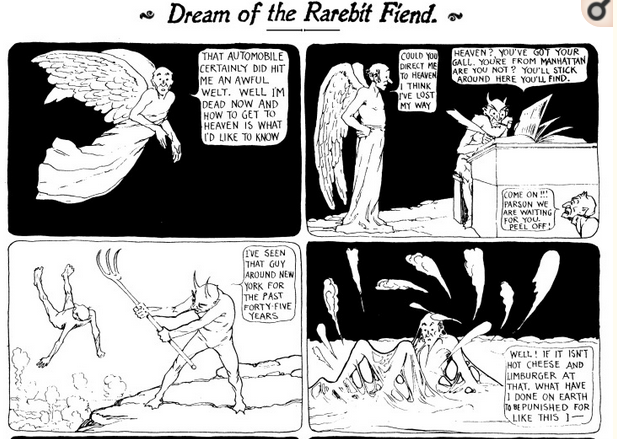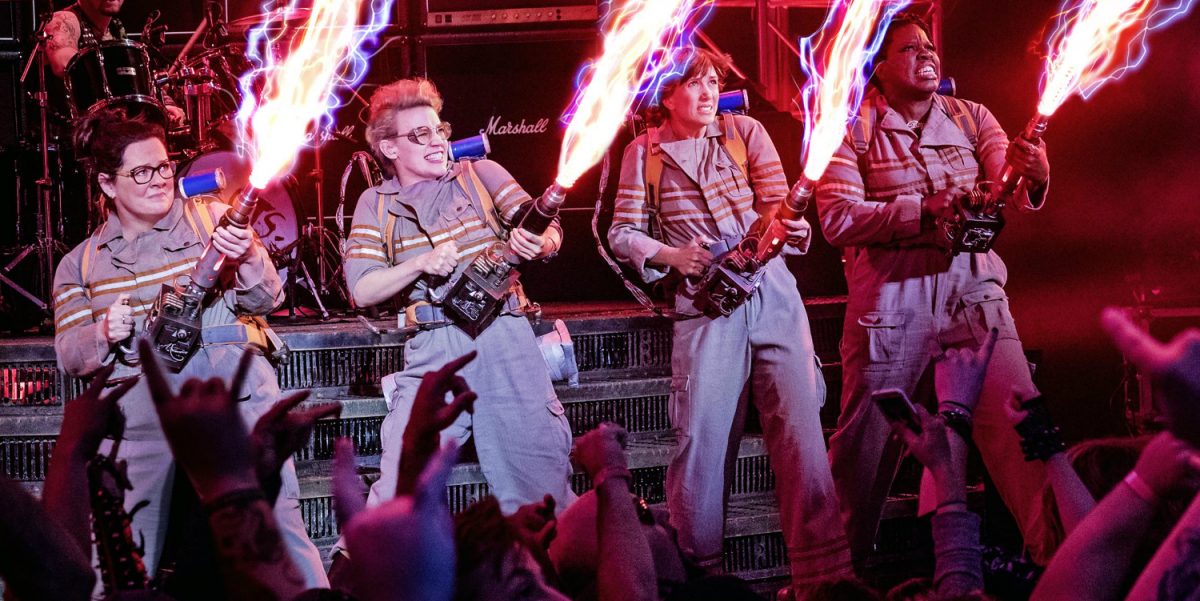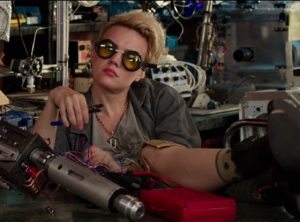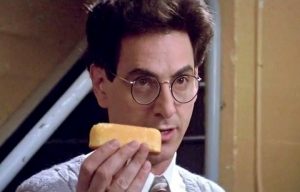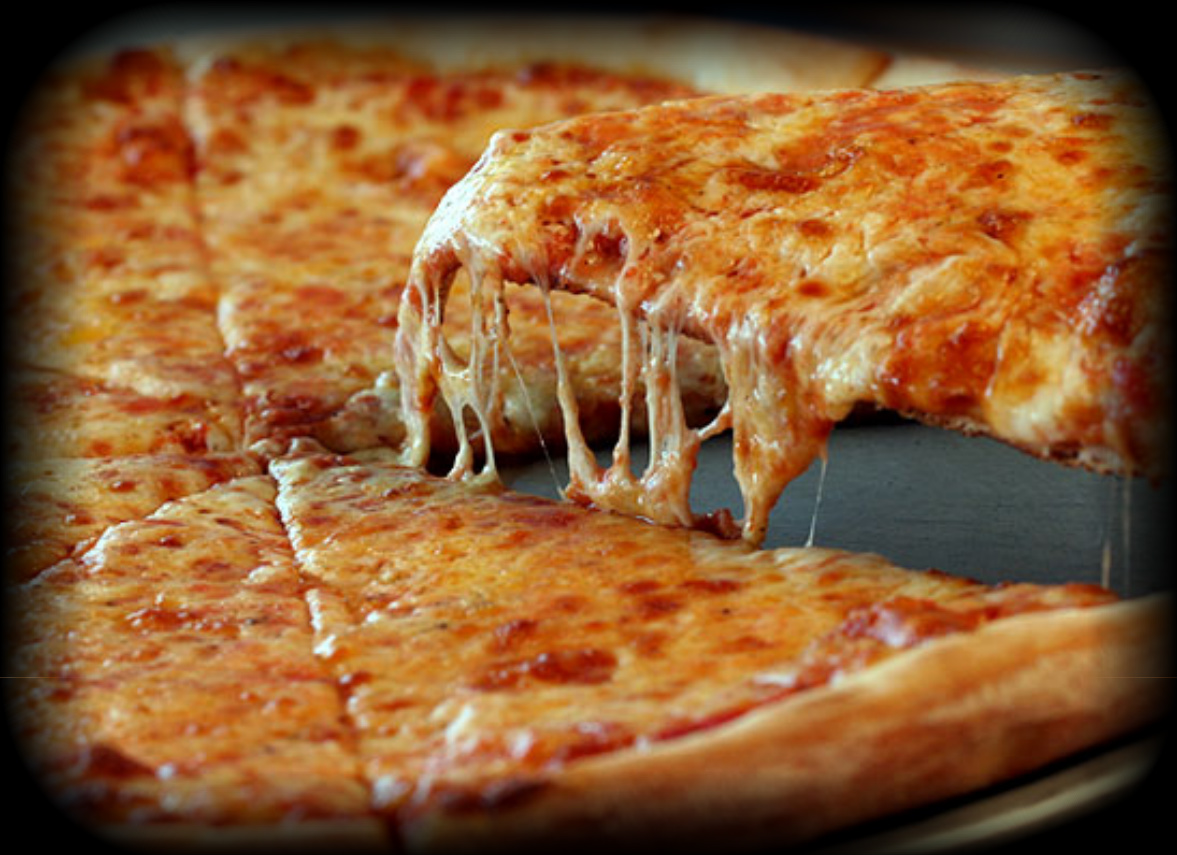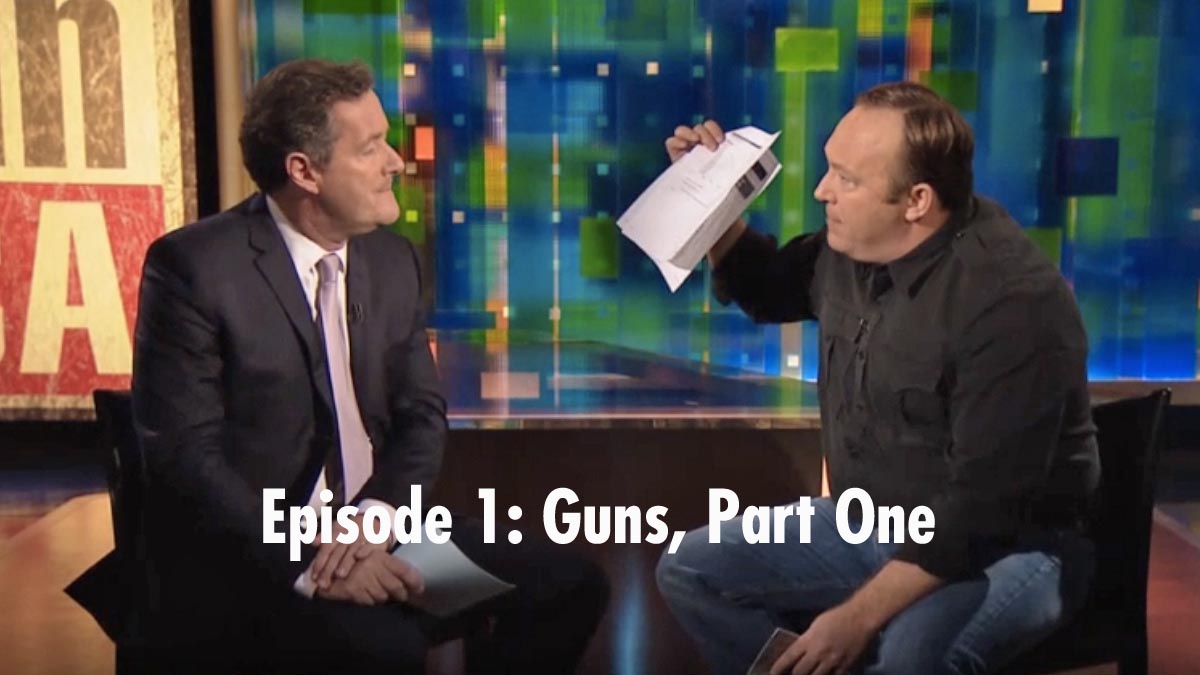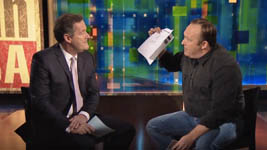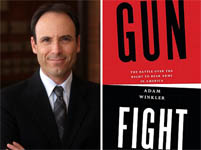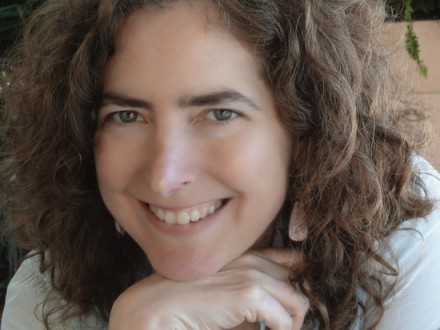Diana Abu-Jaber appeared on The Bat Segundo Show #419. She is most recently the author of Birds of Paradise.
Listen: Play in new window | Download
Condition of Mr. Segundo: Salivating in tandem with his diminishing wallet.
Author: Diana Abu-Jaber
Subjects Discussed: The dangers of French pastries, Abu-Jaber’s propensity for describing food in lurid terms, growing up with food-obsessed parents, wooing people and readers with food, Abu-Jaber’s former life as a restaurant critic, the atmosphere of revolving restaurants, getting irate letters from restauranters, early skirmishes with vegans, faux meat and tofurkey, the differences between foodies and egalitarian food lovers, Brillat-Savarian, MFK Fisher, needless food elitism, gourmet food trucks and gentrification, people who shy away from cooking, overpriced farmers markets, the dark side of sugar, writing without a routine, writing while cooking and while being stuck at a red light, Christos Tsiolkas’s The Slap, studying elements of craft, consumerism and literature, finding precision within a chaotic work environment, outlines, laborious revision, setting imaginary deadlines, working with artistically-minded editors, characters who play with their hair throughout Abu-Jaber’s novels, writing about hair loss in women, being bitten by a brown recluse spider, suppurating wounds, when writing about a subject leads you to people who are living with the subject, the difficulties of cutting curly hair, exploring the Florida gutterpunk culture, real estate and Glengarry Glen Ross, talking with street kids, predatory people in their thirties living with kids in abandoned shacks, income disparity in Miami Beach, the dregs of club kids culture, earning the trust of street kids, maintaining an optimistic sheen while writing about victims of capitalism, readers who have complained about Birds of Paradise being too dark, Last Exit to Brooklyn, whether fiction has the obligation to solve problems, Dickens, Cristina Garcia’s review, Cynthia Ozick, Amazon reviewers who demand uplifting stories, unlikable characters being stigmatized in contemporary fiction, Elizabeth Strout’s Olive Kitteridge, literary audiences and competing reader desires, Meghan Cox Gurdon’s uninformed YA stance, Sherman Alexie’s response, encouraging readers to take risks in fiction, commercial forces and offering novel samples, the origin of Origin, the pros and cons of having a genre-reading husband, the benefits of having a writing group (as well as having actual human beings in your life), character names names after notable American figures (Muir and Emerson), Idiocracy, autodidacts and American spirit, finding the good qualities within monstrous people, serial killers and the 1%, being very inspired by sunlight and water, cinematic imagery within Abu-Jaber’s prose, colons, Graham Greene, laziness and thwarted screenwriting ambitions, Elizabeth Taylor as a model for Felice, Richard Burton, Who’s Afraid of Virginia Woolf?, tinkering with the idea of beauty, steering readers away from flattened culture, the narcotic allure of cooking shows, how food can enlarge a story, European novelists and food, T.C. Boyle, Kate Christensen, and food memoirs.
EXCERPT FROM SHOW:
Abu-Jaber: Writing about a French pastry chef? All these venues are bringing in French pastries. People are bringing me pastries.
Correspondent: Oh no.
Abu-Jaber: People bring me cookies and croissants and Napoleons. I mean, it’s just fantastic. But it’s kind of like, oh my god! How am I going to fit into my airplane seat on the way home? Because it’s wild. And, of course, I have to eat them all.
Correspondent: So you have to eat them all? You can’t give them away to generous readers who have been standing in line?
Abu-Jaber: (laughs) Yeah, right. My excellent interviewers. Actually, I have given out some of my pastries. But I have to admit. I want to eat all of them, if possible.
Correspondent: I noticed that with Ron Charles, the first sentence of his review in the Washington Post was “Diana Abu-Jaber’s delicious new novel weighs less than two pounds, but you may gain more than that by reading it.” So this seems as good a time as any to talk about your propensity for describing food in very lurid terms. I mean, to offer an example, you even have those moments between dialogue. In Crescent, you have, “She starts splitting open heads of garlic and picking at the papery skin covering the cloves.” Now this is between lines. So it forces one to both be engaged with the text and it forces one’s saliva to start running. And so the question is how this business with food started.
Abu-Jaber: Oh! It’s not something I did deliberately. I didn’t choose this metaphor. It’s weird. I think that a lot of it came up because of being raised by a food-obsessed parent. My dad always wanted to have his own restaurant. As an immigrant from Jordan, he used food as a way of giving his children culture. And so I grew up with a sensibility just informing the very fabric of our days. And then my grandmother was a very serious Irish Catholic baker. And so my grandmother and my father waged this war over our souls — the children — to try and woo us through their separate crafts. And so I grew up between falafel and cream puffs. And between Dad’s wonderful Jordanian cuisine and my grandmother’s incredibly yummy cookies and cakes and pastries.
Correspondent: And no doubt, along with that, came a very imposing exercise regimen.
Abu-Jaber: (laughs)
Correspondent: I mean, that’s got to be terrible. Wooing people through food. You’re wooing your readers with food. Why was food the ultimate axe to wield here? As opposed to, say, fashion or conversation or what not?
Abu-Jaber: It’s something that kind of happened organically in this book. I saw this woman. I was thinking about the book. And I had this image in my head of a woman wearing a chef’s apron. And I could see her back. And I could see that she had these very strong arms and shoulders. So I knew that she was someone who worked with her hands. And it became very clear to me that she was a pastry chef. And I had worked in food journalism for a while. I used to have a restaurant column.
Correspondent: You were a restaurant critic?
Abu-Jaber: I was.
Correspondent: Did you ever tear a restaurant to shreds?
Abu-Jaber: I think…I’m a pretty nice person! I tried to offer constructive criticism.
Correspondent: (laughs)
Abu-Jaber: But you are aware that you’re doing a social service by being a food critic. So you have to help the consumer, as well as the purveyor. And I might have shredded a little bit.
Correspondent: Like…such as what? What kind of constructive criticism was the worst that you possibly endowed?
Abu-Jaber: Oh jeez! Well, you know what I would do? I would try to offer people little guidelines about what to avoid in general. And I remember one of my big ones was that, if a restaurant has a great view, beware of the food.
Correspondent: (laughs Yeah. That’s actually very true.
Abu-Jaber: Uh huh.
Correspondent: Especially in this city too.
Abu-Jaber: Yes. Exactly. Or if it’s in a railroad car. Or if there’s a gigantic playground in the middle. It’s probably not going to be the best.
Correspondent: Or the infamous revolving restaurants.
Abu-Jaber: Ah, yes! If it moves, don’t chew. (laughs)
Correspondent: Which is a shame! Because it’s such — I’m a big fan of revolving restaurants. Not for the food, but for the kitsch of the experience.
Abu-Jaber: Sure. Sure. Just remember that some people are going for experience.
Correspondent: Yeah.
Abu-Jaber: I am somebody who likes to eat for the food. But I know that for many, many people, atmosphere trumps all.
Correspondent: Did you ever get a restaurant wrong during these early days? Did you get irate readers sending you letters saying, “Diana! You are absolutely off! Who do you think you are?” Anything like that?
Abu-Jaber: I used to get irate letters from restauranters.
Correspondent: Yes.
Abu-Jaber: From the people who felt that I’d gotten them wrong. I remember that I did a vegetarian roundup once. The vegetarian restaurants of Portland. And one of the local restaurant owners wrote to me irate. Absolutely irate. Because he had some vegetarian dishes on his menu. And he just thought that I should have included him. And he just really wanted to let me know that I had disrespected him.
Correspondent: Be thankful that you didn’t get involved with the vegans. Because they weren’t around back then.
Abu-Jaber: Yikes! Oh, lord in heaven. I think at that time — now this was the late ’90s.
Correspondent: Yeah.
Abu-Jaber: So at that time, there was maybe one vegan restaurant. And what they tried to do was present faux meat. So you’d go and you’d have turkey sculpted out of soy bean.
Correspondent: Tofurkey.
Abu-Jaber: Yeah. Exactly. So that was a whole other can of beans, so to speak.
Correspondent: So just to be straight here on the food issue, I mean, you would not identify yourself as a foodie, but a more egalitarian food person?
Abu-Jaber: Yeah. I’m sympathetic to the whole foodie idea. But I think that foodieism — if that’s a word — tends to elevate food to this sacred thing. It’s like this exalted object on an alter place, basically. And I just have never felt that that was never the point of enjoyment of any kind of primary activity like eating. That food is something that adds enormously to our lives, but that it’s a simple thing. And that we’re animals and that animal enjoyment is just a natural easy part of our lives. Or it should be.
Correspondent: Well, it went from something that was fairly harmless. Like Brillat-Savarin and MFK Fisher, who offer the perfectly sensible advice, “Well, if we’re spending so much of our time eating, we should probably pay attention to it,” but who are also championing food culture during the Great Depression. And this is the thing. It went from this rather egalitarian place to something that was ridiculously elitist or Ortega y Gasset-like, you know?
Abu-Jaber: Yes. Yes. We have started rhapsodizing about food and nobody wants to make it. People go out and buy cookbooks because they love the images and they love the idea of it and reading the cookbook like literature. But really nobody tries the recipes.
Correspondent: Yeah! I know, that’s the fun part!
Abu-Jaber: Yeah.
Correspondent: Especially when you make it with other people, who are as clueless as you are.
Abu-Jaber: You’re all in it together. You know, as an individual and as a parent, I want to make good, easy, nutritious food. And as a writer, I like the metaphor of food. Because it’s so malleable. It casts light on all these different elements in our psyche. All the different ways that we look at relationships in general. I don’t write about food to stop in food. That’s not the point. It’s more a filter through which to look at experience.
Correspondent: Sure. Have you seen, while you’ve been here in New York, some of our ridiculous gourmet food trucks? It totally defeats the purpose. Where before you’d get a hot dog for a dollar.
Abu-Jaber: Right.
Correspondent: Or you’d get some shish kabob or some sort of falafel really cheap. Now they have gourmet food trucks here. You should check these out. Empanadas that are really overpriced. Like six bucks.
Abu-Jaber: Oh really.
Correspondent: It’s now become — they’ve taken our food trucks!
Abu-Jaber: (laughs)
Correspondent: The food trucks have gentrified!
Abu-Jaber: (laughs) Wow.
Correspondent: I mean, this leads me to wonder, just as a fiction writer, whether you may explore this in a future book. This issue of, well, we make our food, but now even the price of food goes up and the experience of eating food goes up.
Abu-Jaber: Right.
Correspondent: And even something like white trash cuisine, even the good parts of that, becomes taken away from us. So there is no affordable base. Like there used to be. The traditional kind of food.
Abu-Jaber: Right.
Correspondent: I guess I have some feelings on this issue, now that we’ve talked about this.
Abu-Jaber: Yeah. Absolutely. Well, because it’s an economic issue. It’s health and it’s relationships and family and economics, for sure. And that’s part of the problem with the foodie movement. Foodies indulge in a kind of extreme experience. They’re the top of the pyramid. The people who can afford to go into Williams-Sonoma and buy a special strawberry huller. Or just that experience of going into a glorious kitchen in which none of the instruments in the kitchen have been touched. You know, it’s s more like an operating room than it is a kitchen.
Correspondent: It’s almost like the Trail of Tears.
Abu-Jaber: (laughs)
Correspondent: Because you have to find the produce places that the middle-class people have not found yet.
Abu-Jaber: Right.
Correspondent: So I’m never going to name them on the air — the places where I get really kickass produce.
Abu-Jaber: Yeah. And you see that in the farmers markets.
Correspondent: Overpriced. Needlessly organic. God, don’t get me started on that.
Abu-Jaber: Absolutely.
Correspondent: We will discuss fiction. Don’t worry!
The Bat Segundo Show #419: Diana Abu-Jaber (Download MP3)
This text will be replaced
